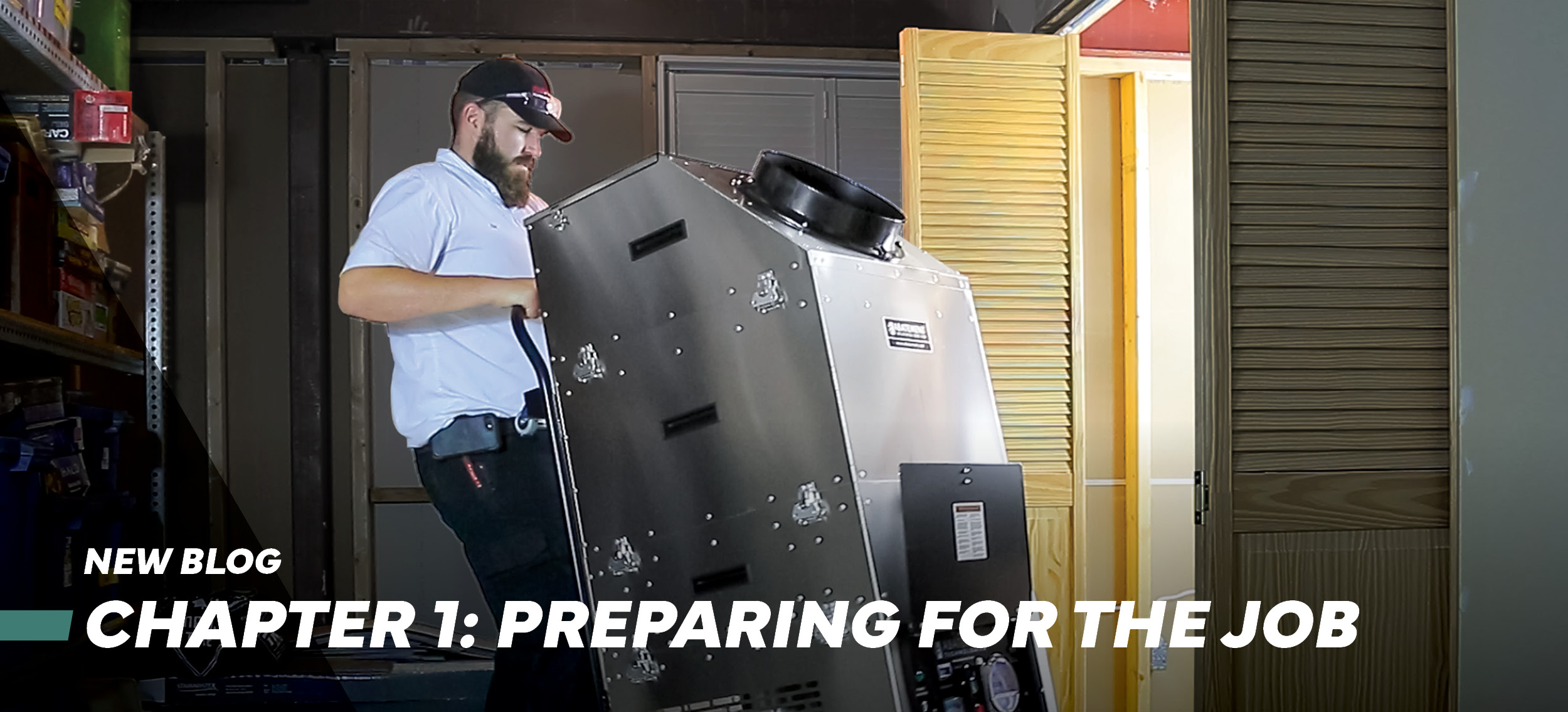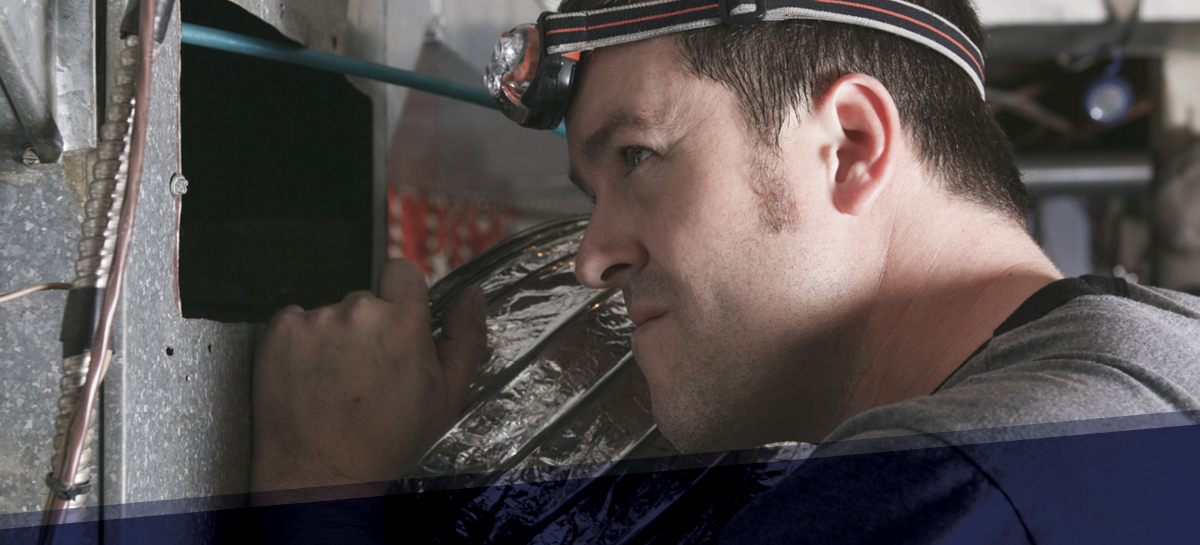Abatement Technologies® is the industry leader in quality duct cleaning solutions. Our high-performance DUCT-PRO® packages utilize HEPA-AIRE® equipment to clean HVAC duct systems faster and more efficiently than other methods. Abatement Technologies’ equipment uses our exclusive source removal duct cleaning process, meaning our equipment captures dirt and debris to provide complete air duct cleaning and decontamination.
Our source removal duct cleaning process is designed to work with the tools professional duct cleaners need to follow the NADCA recommended steps for cleaning air duct systems effectively. Abatement Technologies® DUCT-PRO® equipment is designed for contractors looking to expand their existing business. DUCT-PRO® enables professionals to offer duct cleaning as an add-on service, which can lead to more business opportunities and higher revenue.
It’s important to understand the role each piece of equipment plays in the process before starting a duct cleaning business. Our team of Aire Guardians at Abatement Technologies® has created a video series to provide users with the key information needed to safely start using DUCT-PRO®. We’ve created a blog series to accompany our training videos and help break down the process for using DUCT-PRO®. In this blog, we’ll discuss the proper accessories and equipment needed for the job as well as the necessary prep work for their optimal performance.
DUCT-PRO® Accessories & Equipment
We recommend beginning any duct-cleaning project with personal protective equipment (PPE) including safety glasses and respirators. Additional recommended PPE includes cut-resistant gloves and sleeves to reduce injuries when reaching through ductwork with sheet metal cutouts.
Once the proper PPE has been identified, it's time to identify which duct cleaning method is right for the job. Our DUCT-PRO® system uses the state-of-the-art source removal duct cleaning push/pull method. The “push” mechanism is achieved with high-velocity compressed air tools while the “pull” mechanism is accomplished by creating powerful airflow through the air conveyance system with the use of the HEPA-AIRE® portable vacuum included in the DUCT-PRO® package from Abatement Technologies®.
Duct Cleaning Prep Work
Next ensure the furnace, AC, and duct systems are turned off and will remain off for the duration of the project. It’s also good practice to turn off the air handling unit at the thermostat as well as the circuit breaker to prevent accidental startup. It’s important to be aware of, and adhere to, all local regulations regarding gas pilot lights and other utilities before beginning any project.
The duct cleaning professional should conduct a thorough inspection of the project site to identify any potential safety concerns and determine the layout of the ductwork once the systems have been turned off. During this process, the duct cleaning professional will examine the condition of the ductwork and determine the type of air handler used so they can develop a plan for hookup points and air sweeping procedures. It’s important to understand how to clean the supply and return duct networks to avoid pulling debris through the heat exchanger and coil. To separate the supply and return, simply pull out the furnace filter and insert an inflatable zone bag into the air handle to isolate the supply and block airflow.
Grill masking tape should be used to seal off the registers and increase airflow through the branch being cleaned. It’s important to keep the furthest two or three vents uncovered during this step to allow air into the ductwork to create airflow. The airflow will be inadequate for transferring debris to the power vacuum if all vents are covered.
Our DUCT-PRO® HEPA-AIRE® portable vacuums are designed to pull large volumes of debris through the duct system and filter all of the contaminants before exhausting clean air from the vacuum. For optimal performance, the vacuums should be placed as close to the furnace as possible.
When the filters become dirty, audio and visual alarm cues will signal that airflow has been reduced and it’s time to change them. Most operators prefer to change the HEPA filter every one to two years of use.
Check out our next blog post to learn more about duct cleaning with our DUCT-PRO® specialty tools!
Want to learn more about our DUCT-PRO® equipment and packages? Click here - https://abatement.ca/duct-cleaning-process/




